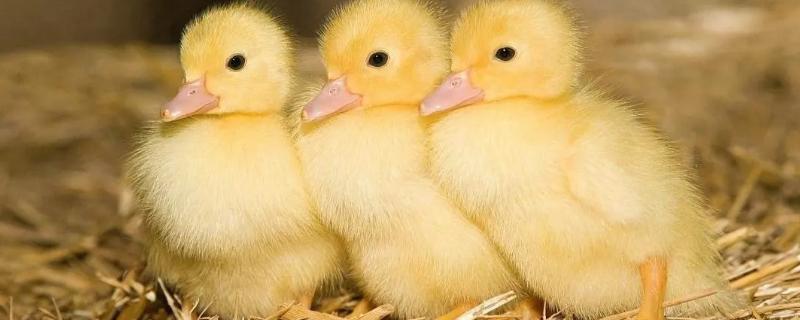


The shipment of seed eggs is an indispensable link in the process of introduction, exchange and promotion of improved varieties, which should be highly valued, otherwise it will cause great economic losses.
1、 Packaging of seed eggs
The introduction of seed eggs often requires long-distance transportation. Improper protection of the seed eggs often leads to the damage of the seed eggs, the looseness of the tether, the rupture of the air chamber, etc., resulting in the reduction of the incubation rate. It is better to use a special egg box (60cm long x 30cm wide x 40cm high) or plastic egg tray to pack and seed eggs. The egg box or egg tray must be strong, able to withstand certain pressure, and have ventilation. The packing must be full, and some fillers must be used to prevent vibration. If there is no special egg box, the eggs can also be shipped in wooden baskets. At this time, the eggs can be wrapped one by one with waste paper and put into the boxes (baskets). The layers are filled with sawn wood or shavings, straw and other padding to prevent impact and vibration, and try to avoid direct contact between eggs. No matter what tools are used, try to keep the big head up or flat and in order to reduce the damage of eggs.
2、 Egg transportation
In the process of transporting eggs, no matter what means of transportation are used, attention should be paid to avoid sunshine
It will affect the quality of seed eggs. Therefore, when transporting seed eggs in summer, there should be shading and rain-proof equipment. During winter transportation, pay attention to keep warm to prevent freezing, and the means of transportation shall be fast and stable; Reduce vibration, load and handle with care during loading and unloading, strictly prevent strong vibration, prevent yolk rupture, laceration and other phenomena, and the best tools for transporting eggs are planes, trains, cars, etc. After the eggs are transported, the embryo development of the eggs should be opened immediately.